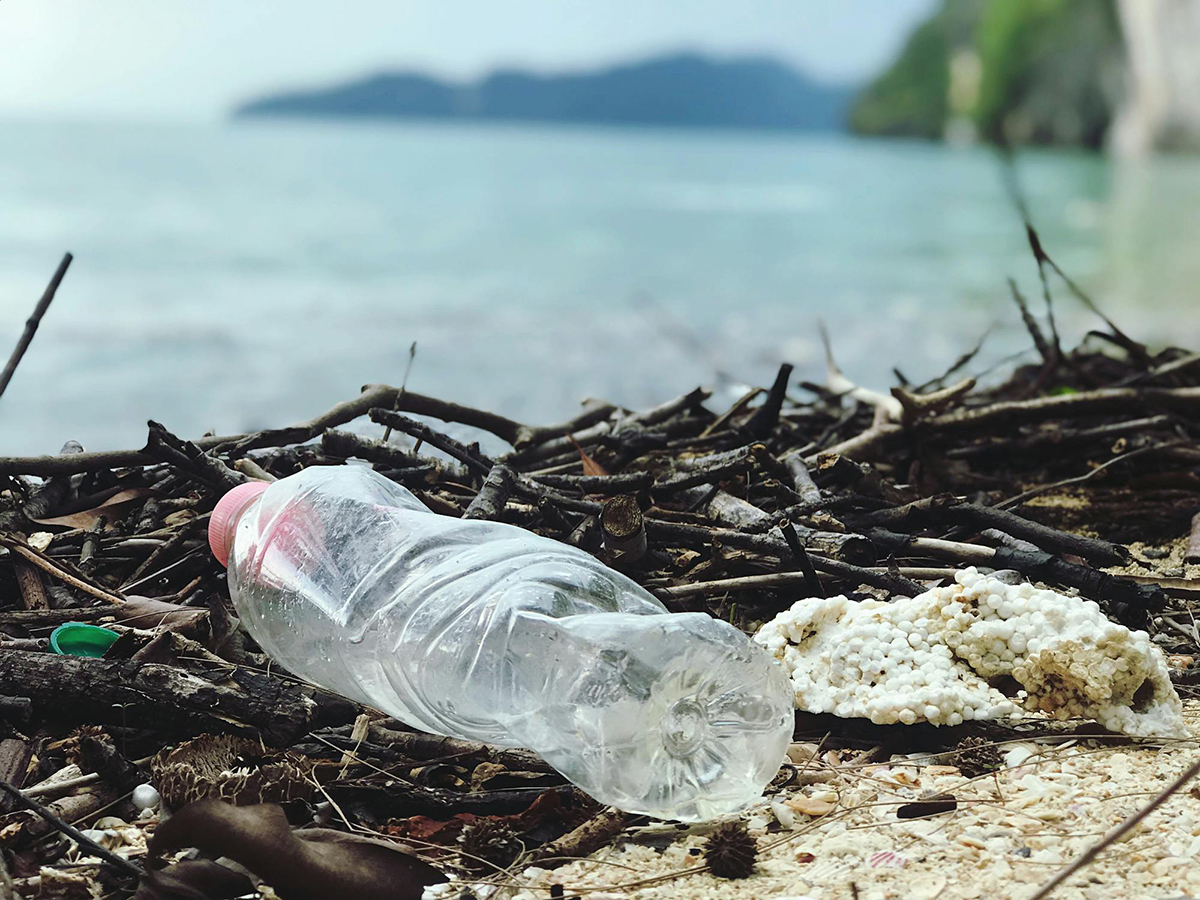So my friend and I are in a little bit of an argument. He believes, essentially, that good coffee is a rip-off. If you buy Folgers or the rarest, most exotic coffee pooped by an ocelot, it doesn’t matter. The difference is cosmetic, he says, between one type of bean and another, and hardly anything I say will change his mind. Not that I’m petty, not that I care that much about winning an argument, but it has got me wondering: What are the differences that coffees pick up from where they are harvested, how it is roasted, and how it is brewed? Maybe with some good information, I can finally persuade him to see the light, and start drinking a cup that costs more than a dollar!
Coffee is as complex as any food on the planet, and we pity the person who hasn’t yet been introduced to the many subtleties of a good brew. Those three steps that you mentioned — the area where the coffee is grown, the way that it is roasted, and the way that it is brewed — all affect the flavor and quality of the coffee.
Coffee beans are harvested from the fruits (called cherries) of a tropical shrub. There are two distinct species, Arabica and Robusta, both with slightly different flavor profiles. Arabica coffee is more common in our coffee culture, and Robusta has a distinct, bitter flavor, sometimes compared to burnt rubber. Coffee plants grow in a limited range of environments, between the Tropic of Cancer and the Tropic of Capricorn, or more or less from Mexico City down to the bottom of Brazil, or northern India down to South Africa. Furthermore, very few of these countries have the right environment to grow coffee in (altitude, rainfall, soil composition). When it comes to coffee cultivation, only a few countries are part of the club.
Coffee flavors differ depending on the environment that they are grown in. These characteristic tastes and flavors are called terroir, but coffee terroir is diverse within a country, even within a single region. Terroir is dependent on microclimates, so if one farm gets fog from the river at night, and the next farm over does not, you will find that the farms produce two different coffees.
This is all happening, remember, in the beans as they are grown. When the cherries are picked, they are then separated from the beans in a process called… processing. In dry processing, the cherries are spread out along the ground to dry, and this produces full, sweet, complex flavors. In wet processing, the beans are taken out of the cherries before they are dry, and then spread to dry. Wet processing produces clean, bright flavors, and tends to be more popular.
After the beans have been processed, they are aged for a month or two, then roasted. Beans have sugars in them, and as the beans are roasted these sugars caramelize. As the sugars caramelize the beans expand, until eventually, around 395 degrees, they crack. This is called “first crack,” and most of the coffee that you drink will have been roasted to around this temperature. If it continues to roast, coffee will undergo a “second crack.” “Second crack” coffees include French and Espresso roasts.
Finally, after growing, picking, processing, and roasting (and packaging and shipping and all the other moving parts of the supply chain), the bag of coffee comes in to your kitchen. Maybe you bought it at your local shop, maybe somebody loved you enough to look for gifts for coffee lovers and found a subscription service. Either way, when you finally brew the coffee the flavors that you release from the bean will vary depending on the temperature of the water, the density of the grind (is it course, or light and powdery?), and the brewing method. In general, the shorter time that it is brewed, the hotter the water, or the lighter the grind, the more bright and tangy your coffee will taste. Every brewing method has a varying length of time for an optimal brew. Expresso brews in just 40 second or less, while cold-brew can take all night.
Hopefully we’ve clarified some of the reasons for coffee’s many flavors. Your friend can stick to Folgers if he really wants, but if you want to push him from his rut, maybe the best way is to invite him out. Show him the difference between a Yirgacheffe and a Vienna Roast.
Maybe he isn’t quite the connoisseur you are, but we’re sure he’ll like enjoying a good cup with a friend who appreciates it. Now that’s what coffee is made for.









